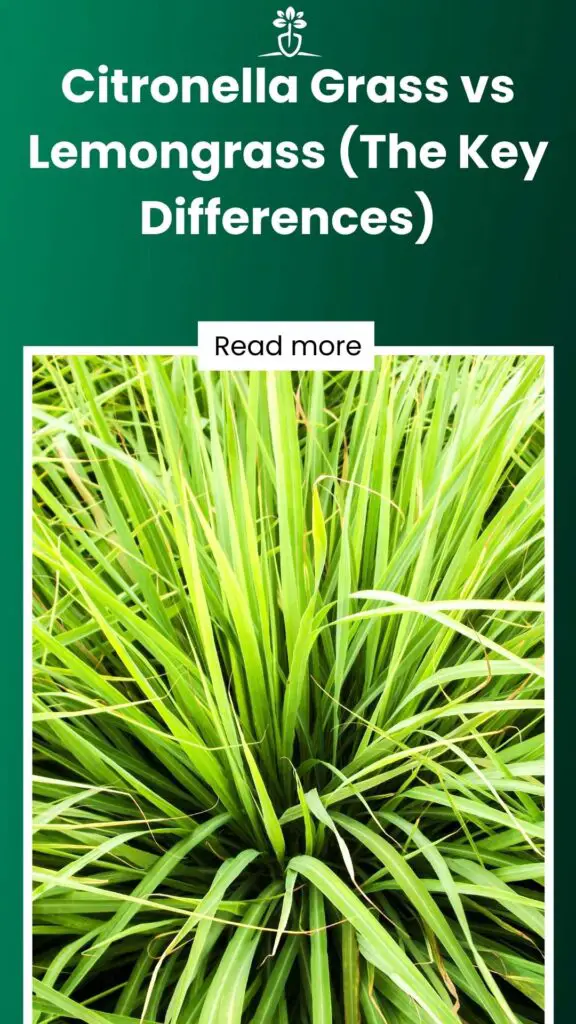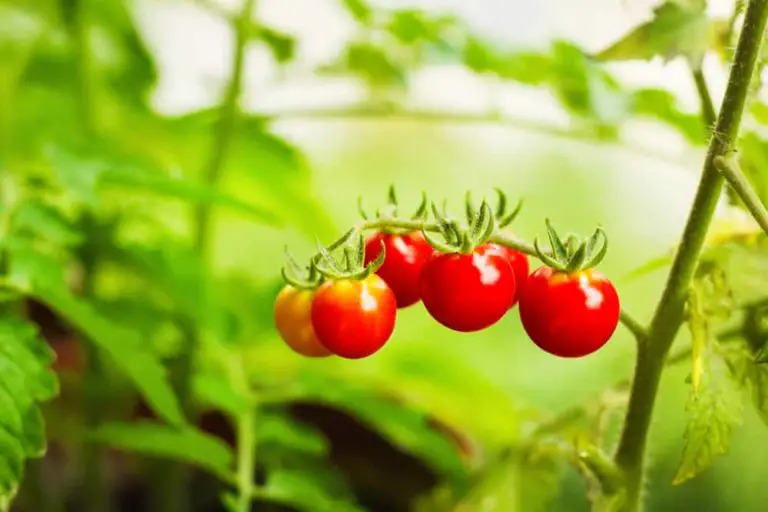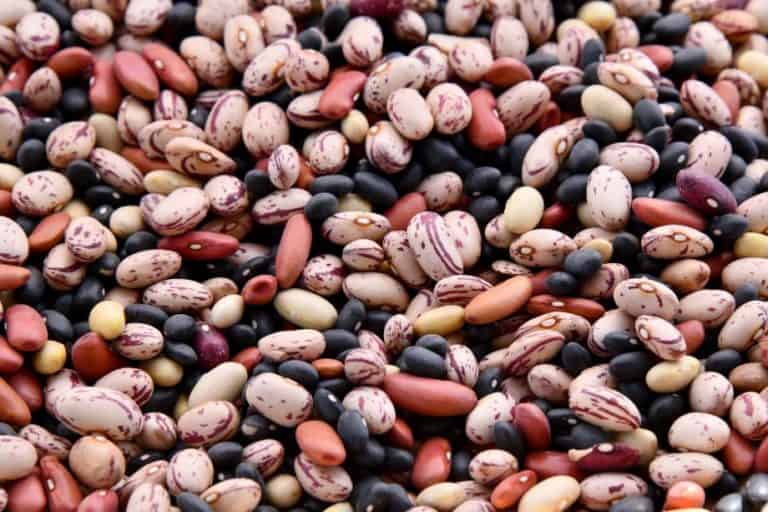Citronella Grass vs Lemongrass (The Key Differences)
Citronella grass and lemongrass might look like they could be brothers, but they’re not twins at all! People often get them mixed up, thinking they’re the exact same thing, yet each has its own special traits.
This article will discuss the differences between the two and reveal foolproof markers for you to distinguish between the two plants.
Contents
What is Citronella Grass?
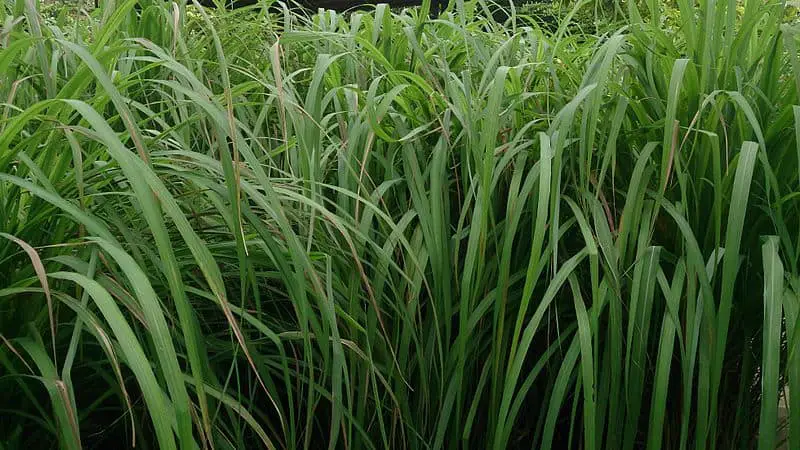
Cymbopogon nardus and Cymbopogon winterianus, known as citronella grass, is a clump-forming perennial aromatic grass native to Asian countries like Sri Lanka, India, Burma, and Indonesia.
Citronella plant’s essential oil, extracted from the aerial parts, is called citronella oil. It is widely used as an insect repellent. It is also present in candles, soaps, and cleaning agents because of its antiseptic properties.
You can use citronella grass to alleviate fatigue, promote wound healing, and treat parasitic infections.
What is Lemon Grass?
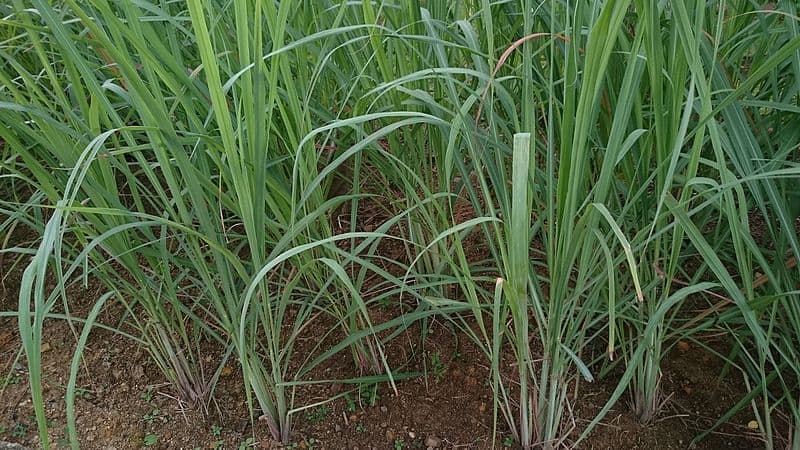
Cymbopogon citratus is commonly known as lemongrass. It is a tall, perennial, tropical grass native to Southeast Asia and is grown in many tropical and subtropical regions. You can easily buy it in stem form.
Lemongrass has linear green leaves that can grow quite long with parallel venation.
This grass is a widely-used herb in Asian cuisine. You can use it to make a beneficial, sweet-tasting herbal tea. Besides its culinary use, lemongrass is used to make an essential oil used in deodorants, soaps, and cosmetics for its lemony, citrusy fragrance.
Lemongrass also has tremendous health benefits. It is used in medicine because of its antifungal, antimicrobial, and antioxidant properties. It is also popularly used as an insect repellant.
Lemongrass is consumed both in its fresh and dry form.
Fundamental Differences: Citronella Grass vs. Lemongrass
Many people tend to confuse citronella grass and lemongrass, owing to their similar appearance. However, lemongrass is primarily used in South Asian cuisine and is safe for ingestion, whereas citronella is more famous for its insect repelling, antiseptic properties.
Even though short-term ingestion of citronella grass is likely not dangerous, we do not recommend long-term consumption, potentially resulting in increased heart rate, skin allergies, and lung damage.
There are several markers when differentiating citronella grass from lemongrass. We will discuss them in detail.
Appearance
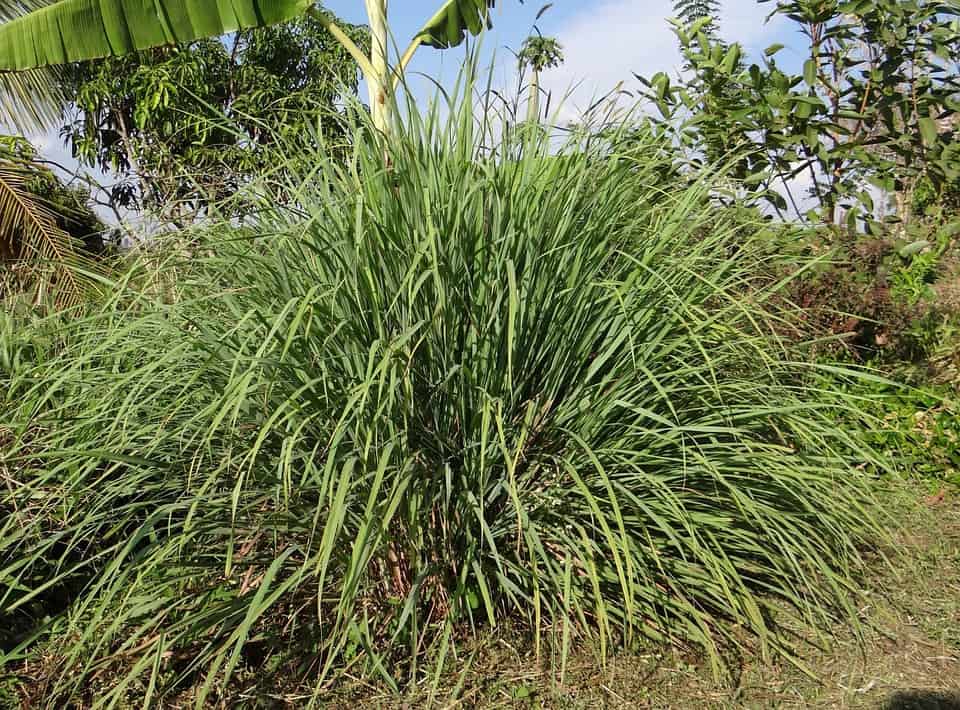
The most significant difference between these plants is the color of the stem. Despite both plants having spear-like leaves that can grow to 5 – 6 feet, the stems are different in color.
Citronella grass has broader leaves with a powerful smell and has reddish, magenta stems. Lemongrass is narrow, light green with green base stems, and smells like lemons, hence the name.
Cultivation
Citronella grass is cultivated mainly as a source of oil and a mosquito repellent. In contrast, lemongrass is usually grown as an herb to use in cooking rather than its medicinal properties.
Citronella grass needs ample space as it can grow up to 5 – 6 feet tall and 3 – 4 feet wide and should be planted in loamy soil in the area where it can receive bright, filtered sunlight. Constant exposure to direct sunlight will cause the grass to wilt.
When planting citronella grass in colder climates, make sure to move the containers indoors before the first frost.
Citronella grass needs to be watered regularly to mimic the humidity of its native growing regions.
You can divide citronella grass in spring and supply it with its annual dose of nitrogen-rich fertilizer around the same time.
Be careful, as many times plants sold as citronella are citronella scented geraniums, which do not work effectively as mosquito repellents. Citronella scented geraniums have lacy foliage instead of blade-like grass leaves of true citronella.
Lemongrass, on the other hand, can be easily rooted. Trim 5 cm off the top of stems and put them in a glass filled with a bit of water on a well-lit window sill. After a few weeks, you will find roots sprouting from the base of the stalk. Let the roots mature and place them in a pot of rich all-purpose soil.
All lemongrass needs to thrive is a lot of sunlight and water.
Uses
Citronella is used as a spice in Indonesia. However, it is usually planted as mosquito repellent or due to its medicinal and aromatherapy use. We can use citronella grass:
- In soaps, candles, and cleaning agents
- To treat lice and intestinal worms
- To relieve migraines and depression
- To reduce fever
- As a muscle relaxer
On the other hand, lemongrass is planted for culinary purposes. However, it can be used for its medicinal properties and health benefits, as it:
- It is a source of Vitamin A, B1, B2, B5, B6, and folate
- Can combat stomach infections and prevent ulcers
- Can treat nausea and constipation
- It can benefit people suffering from insomnia
Similarities between Lemongrass and Citronella Grass
It is easy to get confused despite various differences when comparing citronella grass vs. lemongrass because of a few strong similarities in appearance and smell.
- Both kinds of grass are perennial with spade-like leaves native to tropical and subtropical regions
- Both have a fresh citrusy, lemony scent, though citronella grass’s smell is more potent.
- Both are used in medicine and aromatherapy.
Mosquito Repellent Qualities
There are several uses and health benefits to planting both types of grass. One of the most commonly known uses and why many people look to plant citronella grass is its effectiveness in warding off mosquitos.
The distinct smell of lemon and citrus masks all other scents and helps in repelling mosquitoes and various other insects.
Citronella grass, however, does not repel the mosquitoes on its own. Citronella oil is beneficial for the cause but has to be extracted. Instead of the oil, you can also use the grass leaf paste. When using oils or paste of any such plant, it is essential to test it out for skin rashes or allergies.
Overview
Overall, some obvious markers help you differentiate between citronella grass and lemongrass. The most prominent feature is the difference in the stem color. Once identified, both these extremely beneficial plants can be used accordingly.
Resource Links:
https://pediaa.com/what-is-the-difference-between-lemon-grass-and-citronella/
